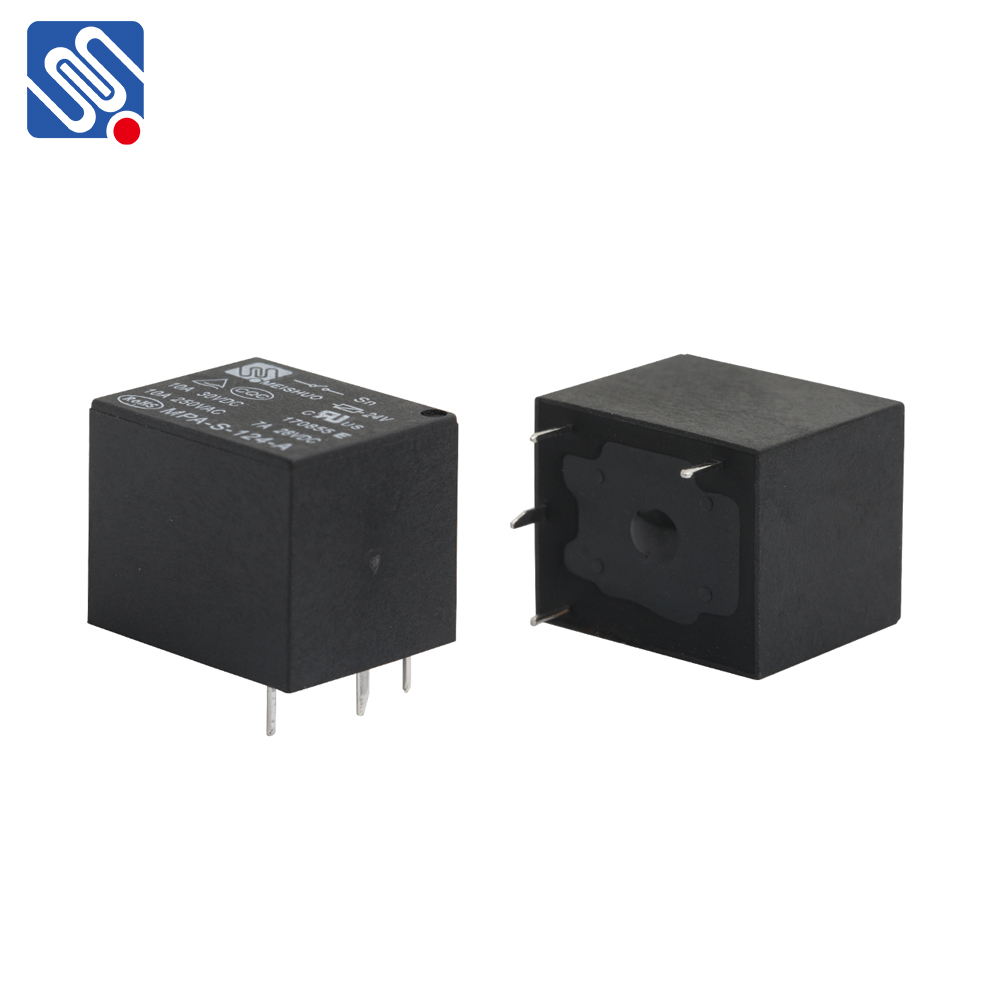understanding the 24v 10a relay: applications and benefits
Release time:2025-09-13 02:59:20
Relays are fundamental components in electrical and electronic systems. They serve as automatic switches that allow low-power signals to control high-power circuits. Among the various types of relays available, the 24V 10A Relay stands out as a reliable and versatile option. It plays a crucial role in numerous applications, including industrial, automotive, and home automation systems. In this article, we will explore the key features, working principles, and practical applications of the 24V 10A Relay.

What is a 24V 10A Relay?
A 24V 10A Relay is an electrical switch that operates with a control voltage of 24V, typically in direct current (DC). It is designed to handle a maximum load current of 10A. This relay features a coil that, when energized by a 24V voltage, generates a magnetic field, causing internal contacts to open or close. By doing so, it can control higher power circuits with much lower control voltages and currents.
Relays like the 24V 10A variant are especially valued in situations where a low voltage or current needs to control higher power loads, providing an efficient and reliable means of switching high-power devices without directly connecting them to low-power control circuits.

